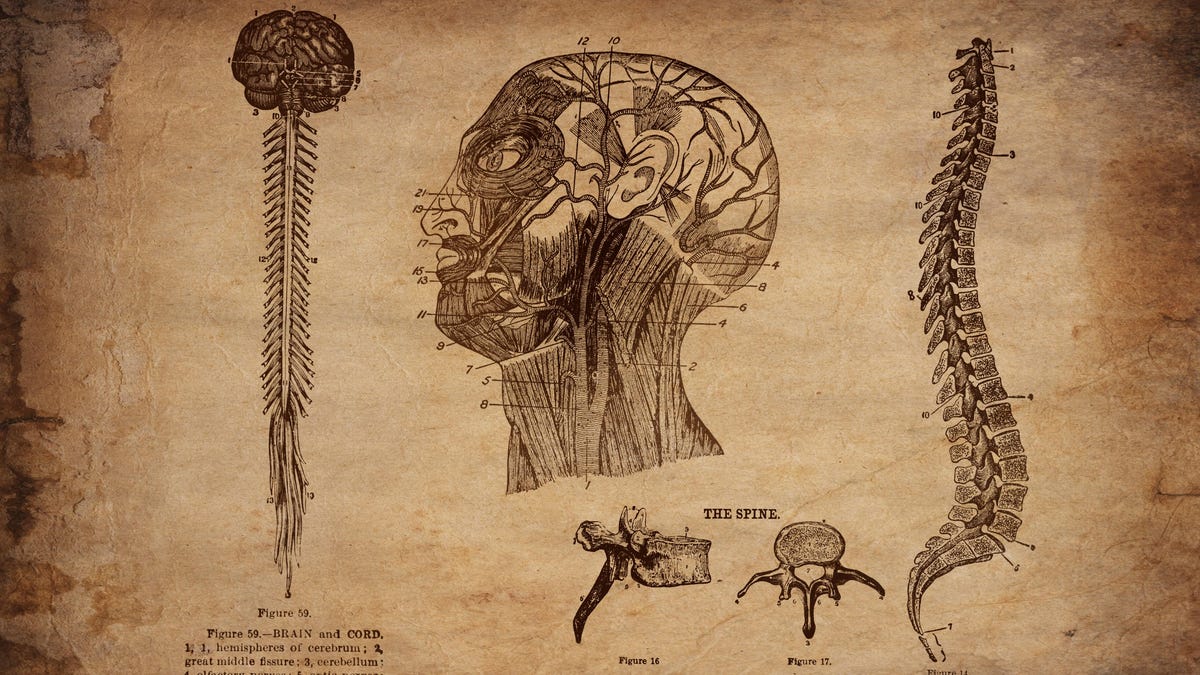“Perfect” Posture Is Overrated

If you’ve been trying to improve your posture and just can’t, let me introduce you to something that might surprise you: how you stand or how you sit in a chair at work or school. may not matter at all. Or at least not in the way you think.
No strong association between posture and pain
Here’s an interesting question to explore: why do you think you need to correct your posture? You may have internalized the assumption that sitting or standing straight looks better, or just “better” in some nebulous way. But that’s not something you need to feel bad about. You can sit up straight if you think an upright position looks best, and you can slouch if that’s more comfortable for you. “The useless ideals of posture are also reinforced by long-standing stereotypes that suggest that posture reflects a person’s gender, dignity, respectability, attractiveness and morality,” write a group of scientists studying this issue.
But many of us have somehow vaguely realized that bad posture is bad for us. I suspect we can blame this on the idea of workplace ergonomics. It can be painful to be in an uncomfortable position for hours on end, so it makes sense to avoid awkward positions. Your chair should allow you to sit up straight, your feet should reach the floor, and so on. But this does not mean that you need to be forced to sit straight, just as you should not be forced to hunch over.
The notion that sitting or standing can lead to pain is not even justified . People with large back curves are no more prone to back pain, and consciously “correcting” posture does not improve back pain either. (If you want to learn more about back pain and try some things that can really help, we have a guide here .)
There is no single “correct” posture
Even if there are benefits to sitting “upright” or in an “optimal” posture, there’s a problem: Experts can’t even agree on what that posture is. A survey of nearly 300 European physiotherapists showed respondents nine different positions (all modeled by the same person) and asked which one was “the best.” Physiotherapists gravitated towards two positions, but the two were quite different.
It is important to note that some of the postures that we consider more “correct” require more energy to maintain. Sitting up straight means engaging more muscles, and it can also mean that our muscles are getting tired and we need a break.
“Comfortable postures vary from person to person, so it’s useful to explore different postures,” write the authors of one paper about re-evaluating our posture beliefs. In fact, if your back hurts, you can alleviate it by finding a position that allows you to relax, even if it means slouching.
Ultimately, our bodies move around in different positions every day. “The backbone is strong and can be trusted,” these authors emphasize. You can sit in a variety of positions throughout the day, and flex and straighten your spine as needed to perform tasks like bending over or lifting objects. Obsessing over the “right” way to sit or lift can backfire, causing us to needlessly be afraid to sit, move, or lift in ways we fear might be wrong.